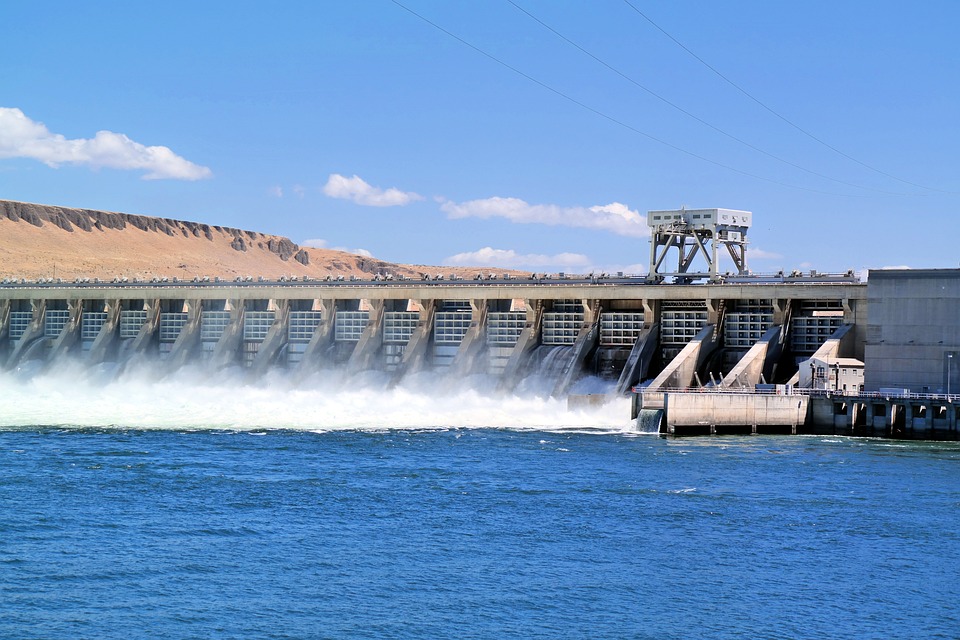I remember the first time I made the decision to transition to off-grid living. It was a dream I had nurtured for years – the idea of living a simpler, more sustainable lifestyle, closer to nature and away from the demands of modern living. But making that dream a reality was no easy feat. It required careful planning, a willingness to learn new skills, and a whole lot of hard work. It was a journey filled with challenges, but it was also incredibly rewarding. If you, too, are dreaming of transitioning to off-grid living, then let me share with you some practical tips to help you make that dream a reality.
1. Assess Your Needs and Wants
The first step in transitioning to off-grid living is to assess your needs and wants. What are the essential elements you need for a comfortable and sustainable lifestyle? This could include access to water, energy, food, and shelter. It’s also important to consider what amenities you want to have in your off-grid home. Do you want a hot shower, a reliable power supply, or high-speed internet? By understanding your needs and wants, you can better plan for the infrastructure and resources you’ll need to set up your off-grid home.
2. Do Your Research
Transitioning to off-grid living requires a good understanding of the skills, resources, and challenges involved. Take the time to research and educate yourself about off-grid living. This could involve reading books and articles, watching documentaries, and seeking out advice and stories from others who have made the transition. Consider attending workshops or courses on off-grid living, permaculture, sustainable building, and renewable energy. The more you know, the better prepared you’ll be for the journey ahead.
3. Choose the Right Location
Finding the right location for your off-grid home is crucial. Consider factors such as climate, water access, soil quality, and local regulations. Some areas may be more conducive to off-grid living than others, so it’s important to do your due diligence before settling on a location. Additionally, consider the proximity to amenities such as healthcare, schools, and markets. While the idea of off-grid living often involves a degree of isolation, having access to essential services and supplies can make the transition smoother.
4. Develop Off-Grid Skills
Living off the grid requires a whole host of skills that many of us in the modern world may not have. Learning to grow your own food, generate electricity, build and maintain structures, and harness natural resources are all vital to off-grid living. Start developing these skills before you make the transition. This could mean taking up gardening, learning about solar power systems, or building simple structures. The more skills you have under your belt, the more self-sufficient and resilient you’ll be in your off-grid lifestyle.
5. Plan for Sustainability
One of the key principles of off-grid living is sustainability. It’s important to design your off-grid home and lifestyle with sustainability in mind. This could involve using renewable energy sources, implementing water conservation measures, and practicing regenerative agriculture. By planning for sustainability from the outset, you can minimize your impact on the environment and make the most of the resources available to you.
Pro Tips:
Consider starting small: If you’re new to off-grid living, consider starting with a small-scale project to get a feel for what it entails. This could be setting up a small solar power system, growing a vegetable garden, or experimenting with water conservation techniques. Starting small can help you gain confidence and experience before taking the leap to a fully off-grid lifestyle.
Connect with the off-grid community: There is a thriving community of off-grid enthusiasts and experts out there. Take the time to connect with others who have made the transition to off-grid living. Attend meetups, join online forums, and seek out mentors who can offer advice and support. The off-grid community can be a valuable source of knowledge and inspiration as you embark on your own journey.
In conclusion, transitioning to off-grid living is a dream for many, but it can be made a reality with careful planning, determination, and a willingness to learn and adapt. By assessing your needs and wants, doing your research, choosing the right location, developing off-grid skills, and planning for sustainability, you can set yourself up for a successful transition. It’s a journey that requires resilience and resourcefulness, but the rewards of living closer to nature and embracing a more sustainable lifestyle are immeasurable. So, if off-grid living is calling to you, take the first step and start turning your dream into a reality.



